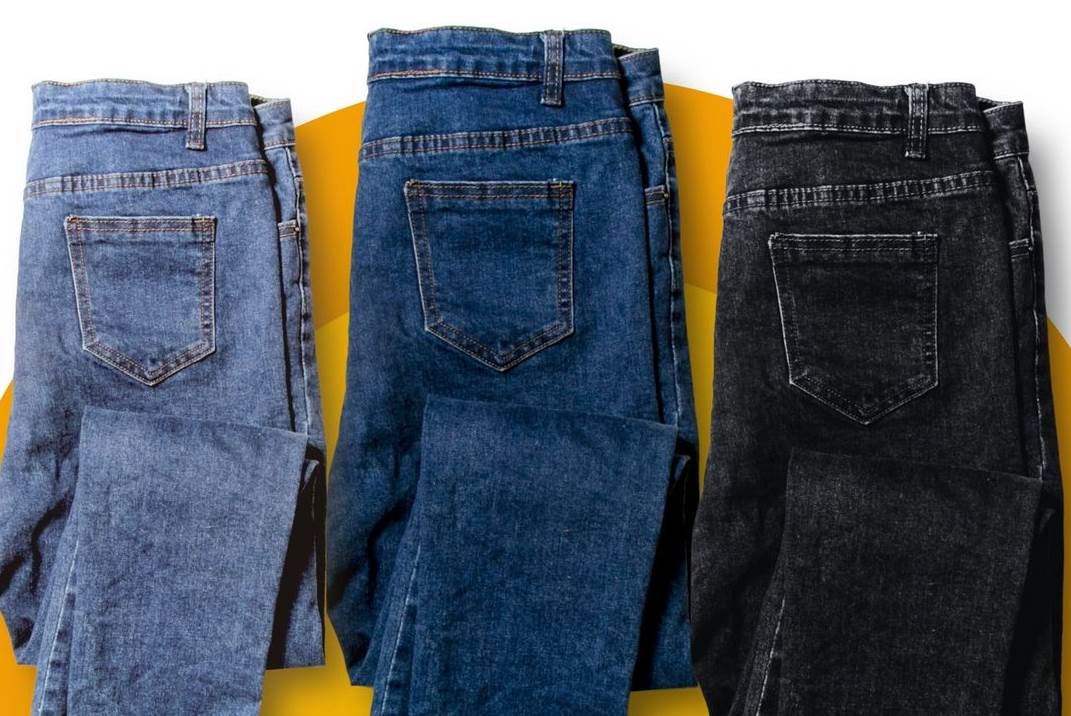Jindal’s light touch denims
14/11/2024

“To drive growth in our denim and fabric business verticals, we are implementing a multifaceted strategy. This includes investing in advanced manufacturing technologies to enhance product quality and efficiency, expanding our product portfolio with innovative and sustainable fabrics, and strengthening our distribution network. We are also forging strategic partnerships to enhance our market reach and leverage new opportunities in the global market,” stated Amit Agrawal, managing director, in the company’s annual report for 2023-2024.
Released last month, the annual report includes an overview of the denim market in India, based on data compiled by Wazir Advisors, a consultancy. It estimates that the Indian denim market is worth $6.15 billion in 2023 and can be expected to grow at a CAGR of 14% over the next three years to reach $9.15 billion by 2026. “Several factors are expected to contribute to this growth, including increasing urbanisation and rising disposable incomes. Evolving fashion trends with denim remain a popular choice. Also, there is growing focus on sustainable and eco-friendly denim production practices, catering to environmentally conscious consumers,” the report stated.
The annual report includes the company’s first Sustainability report, in which it outlines its efforts to reduce its impacts. It singles out a shift to sustainable fuels for steam generation to replace coal and thus significantly reduce its greenhouse gas emissions. The installation of a wastewater recovery and Zero Liquid Discharge (ZLD) water treatment facility has enabled JWL to treat and reuse its processing water.
Photo: Jindal instagram account










